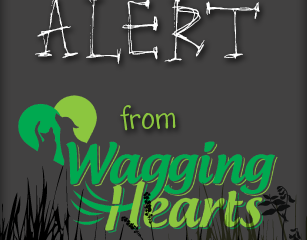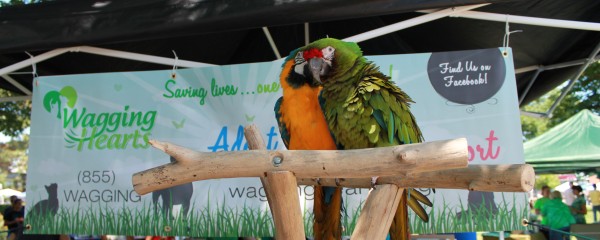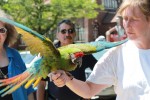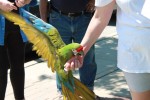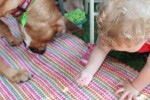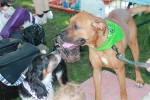
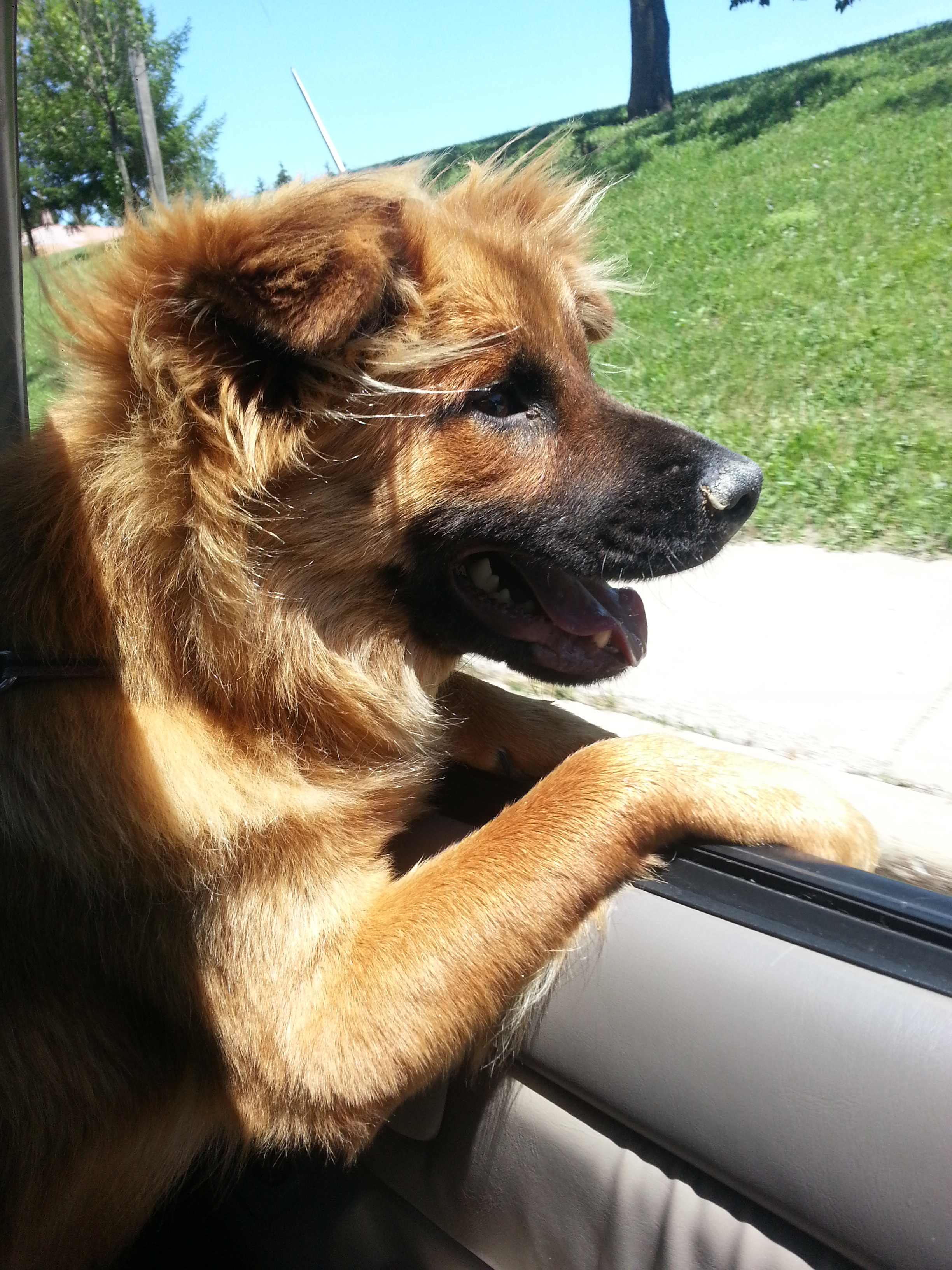 Wagging Hearts is sending out a HIGH ALERT to all DOG OWNERS to be on the look out for a disease called BLASTOMYCOSIS. It is ugly and impacts your dogs entire system. It is dangerous and could be fatal if left untreated. Do you know the signs? Do you know Chicago has been sending out alerts for sightings of infected dogs at lakefront beaches? Did you know Libertyville, IL has also seen an increase with the recent loss of 2 dogs. We have personally felt the impact at Wagging Hearts with the tragic loss of one of our rescue’s Goofy to Blastomycosis and we want to help prevent you from suffering the same horrible outcome. Watch Goofy’s seizure video taken by his diligent and loving foster who witnessed this serious symptom of the degenerative disease which subsequently ended up taking his life too early. He was a beautiful and loving spirit ready to find forever love in the arms of his potential adoptive family upon their return from vacation. Unfortunately the ‘Blasto’ answer came too late for Goofy as the disease ravaged his weakened immune system. Goofy slipped away in the middle of the night during his treatment leaving us to actively spread the alert for the dangers lurking in the natural environments around us. Knowledge, awareness of your pet’s health and prompt response will help arm yourself with the tools necessary to save the life of your pet. Don’t let them become a statistic. Do you know what Blastomycosis is? Do you know what the symptoms are and where this disease exists? Read on to find out:
Wagging Hearts is sending out a HIGH ALERT to all DOG OWNERS to be on the look out for a disease called BLASTOMYCOSIS. It is ugly and impacts your dogs entire system. It is dangerous and could be fatal if left untreated. Do you know the signs? Do you know Chicago has been sending out alerts for sightings of infected dogs at lakefront beaches? Did you know Libertyville, IL has also seen an increase with the recent loss of 2 dogs. We have personally felt the impact at Wagging Hearts with the tragic loss of one of our rescue’s Goofy to Blastomycosis and we want to help prevent you from suffering the same horrible outcome. Watch Goofy’s seizure video taken by his diligent and loving foster who witnessed this serious symptom of the degenerative disease which subsequently ended up taking his life too early. He was a beautiful and loving spirit ready to find forever love in the arms of his potential adoptive family upon their return from vacation. Unfortunately the ‘Blasto’ answer came too late for Goofy as the disease ravaged his weakened immune system. Goofy slipped away in the middle of the night during his treatment leaving us to actively spread the alert for the dangers lurking in the natural environments around us. Knowledge, awareness of your pet’s health and prompt response will help arm yourself with the tools necessary to save the life of your pet. Don’t let them become a statistic. Do you know what Blastomycosis is? Do you know what the symptoms are and where this disease exists? Read on to find out:
Blastomycosis
WHAT IS IT? A serious fungal infection that spreads throughout the body caused by an organism called Blastomyces Dermatitidis which releases airborne spores into the environment that can be inhaled. It can be rapidly fatal if not diagnosed and treated promptly. Unfortunately, many do not recover from the wide-spread infection and relapses can occur. Treatment can be aggressive but the disease will more than likely kill without.
Inhalation is the most frequent method of transmission and occurs simply by digging in the soil which releases the spores. The spores travel through the lungs and become large, thick-walled, yeast-like organisms that multiply within the lungs and other tissues of the body. This disease then spreads via the bloodstream or lymphatic system from the lungs to involve the eyes, brain, bone, lymph nodes, urogenital system, skin and subcutaneous tissues. Direct contact with spores through a puncture wound is another method of transmission which may cause localized infections.
WHERE IS IT FOUND? Thrives in rotting wood, wet soil, wet environments like swamps, lakes, riverbanks – where lack of direct sunlight encourage its growth. Also found in areas with decaying organic matter like wooded areas, forests and farms. Most competing soil organisms will kill off the blastomycosis spores unless the conditions are nearly perfect for the fungus to survive. This explains why blastomycosis is often found in small pockets instead of being widespread.
GEOGRAPHIC LOCATION: Blastomycosis has a well-defined endemic area where it is found. The area includes the Mississippi, Missouri and Ohio River valleys. The Mid-Atlantic States and parts of Quebec, Manitoba and Ontario. The range appears to be growing.
WHO IS AT RISK? Occurs primarily in dogs and humans. But on rare instances it has been diagnosed in horses, cats, ferrets and even sea lions. Hounds, Retrievers, Pointers, Coonhounds, Shepherds, Beagles and other sporting dogs are particularly susceptible because of their outdoor activities. Also dogs that live within a quarter mile of a body of water. One study in Wisconsin showed that 95% of the dogs diagnosed with Blastomycosis lived within 400 yards of a body of water.
SYMPTOMS: Loss of appetite, fever, weight loss, eye problems (such as redness, pain, swelling, excessive tearing, clouding of the corneas), chronic cough, shortness of breathe/wheezing and skin problems such as pus-filled skin lesions. More serious symptoms can include sudden blindness, lameness, inflammation of the testicles, enlarged lymph nodes and seizures. Signs are usually present for a few days to a few weeks. The disease can wax and wane with the severity of the symptoms improving slightly and then worsening again.
DIAGNOSIS: Unfortunately, Blastomycosis is often misdiagnosed as cancer OR pneumonia. Watch your dog for symptoms that last six weeks or more with no noticeable improvement and especially if they have been in an environment that could have the fungus, ask your veterinarian to test for a fungal infection. Blastomycosis is best diagnosed through examination of a lymph node, skin lesions or by lung tissue. There’s also a blood test called an AGID test or antigen ID test for exposure to Blastomycosis. But a positive result doesn’t mean your dog necessarily has the infection, only that he’s been exposed. Chest X-rays of a dog with Blastomycosis often reveal a sort of snowstorm-type pattern. Urine screening tests can also be very beneficial for diagnosis.
TREATMENT: Oral administration of an antifungal drug. These medications all require long-term treatment, sometimes for many months. Some professionals recommend a ‘nutraceutical called quantum nucleotide’, which helps to stimulate an immediate immune system reaction, as well as oil of oregano in capsule form, which is excellent support for a body fighting a fungal infection. The antifungal drugs are very expensive and often have serious side effects. For many dogs, the critical period during treatment is the first 24 to 72 hours, as the antifungal drug begins to kick in and kill off the fungi. Since there are typically a large number of organisms in the lungs, there can be an overwhelming inflammatory response that can result as the fungi die off. Respiratory distress can be a big problem during the first few days of treatment. The sooner you seek treatment, the better chance your dog has to fully recover.
PREVENTATIVE SUGGESTIONS: There is no vaccine available to protect you or your pet. It is next to impossible to avoid as it is difficult to determine where the fungal spores can be found. Limiting your time in the environments Blastomycosis can be found in may help prevent exposure to the spores. Recognize if the disease exists in your area and know the symptoms. Prompt veterinarian attention can be a matter of life or death.
CAN YOUR DOG INFECT OTHERS? If your dog has Blastomycosis, it is unlikely that you could get the disease from your pet, but it could indicate that you have both been exposed to a contaminated environment. Although Blastomycosis can affect humans, it cannot be transmitted through the air. Handle bandages carefully because on rare occasions the fungus can grow in bandages or on open wounds. Most human cases are contracted in the same way – in nature. However, your pet is 10 times more likely to get the disease after being exposed to a contaminated environment, because their nose is closer to the ground.
MORE INFORMATION needed?
We partner with some of the best veterinarian practices and are lucky enough to have their guidance and support with life-saving tips. If you have additional questions or concerns, please feel free to reach out these partner offices as they have experience with Blastomycosis:
Wonder Lake Veterinary Clinic at 4405 E Wonder Lake Rd, Wonder Lake, IL (815) 653-3586
Care Animal Hospital at 1101 W Park Ave., Libertyville, IL (847) 549-8500
Goofy’s Seizure Video.
NEWS COVERAGE:
http://chicago.cbslocal.com/tag/blastomycosis/
http://www.suffredin.org/news/newsitem.asp?newsitemid=5810
http://www.livescience.com/37607-fungal-infection-blastomycosis-wisconsin-outbreak.html
http://www.dogheirs.com/events/611
http://m.daily-chronicle.com/2013/04/23/letter-blastomycosis-warning-for-dogs/au1px72/
http://plainfield.patch.com/groups/around-town/p/plainfield-woman-warns-others-after-rare-disease-claims-dogs-life
http://www.myfoxchicago.com/story/19446225/dog-goes-blind-after-getting-fungal
References:
http://www.miravistalabs.com/wp-content/uploads/2012/09/Blastomycosis-Vet09172012.pdf
http://healthypets.mercola.com/sites/healthypets/archive/2013/05/13/blastomycosis-infection.aspx
http://vetmed.illinois.edu/petcolumns/petcols_article_page.php?OLDPETCOLID=67
http://www.canismajor.com/dog/blstomyc.html
http://www.peteducation.com/article.cfm?c=2+2102&aid=401
Comments
Post Date
August 15, 2013
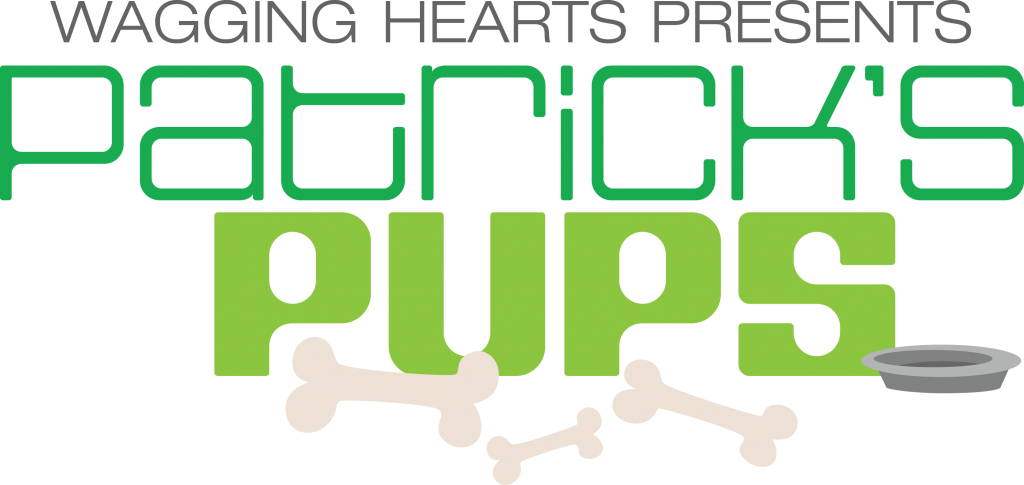 Patrick’s Pups started because of one young boy’s passionate heart for animals in need.
Patrick’s Pups started because of one young boy’s passionate heart for animals in need. 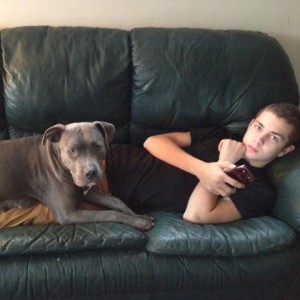 So in honor of the deep and loving heart within this boy, we present to you ‘Patrick’s Pups.’ A small way to honor the memory of one who left us too early with a heart full of desire to make a difference in the lives of animals in need. Now Patrick will make a difference in a great number of animals’ lives. His heart and mission to help those without will not fall into darkness nor end with the passing of his young life. Wagging Hearts will continue his work through the donations and proceeds generated in his memory. All proceeds will be used to save more lives, treat more medical cases and shine a brighter light into the darkest recesses of animal rescue. Patrick Raymond Boswell will live on in each life that comes our way because of the Patrick’s Pups funds.
So in honor of the deep and loving heart within this boy, we present to you ‘Patrick’s Pups.’ A small way to honor the memory of one who left us too early with a heart full of desire to make a difference in the lives of animals in need. Now Patrick will make a difference in a great number of animals’ lives. His heart and mission to help those without will not fall into darkness nor end with the passing of his young life. Wagging Hearts will continue his work through the donations and proceeds generated in his memory. All proceeds will be used to save more lives, treat more medical cases and shine a brighter light into the darkest recesses of animal rescue. Patrick Raymond Boswell will live on in each life that comes our way because of the Patrick’s Pups funds. 